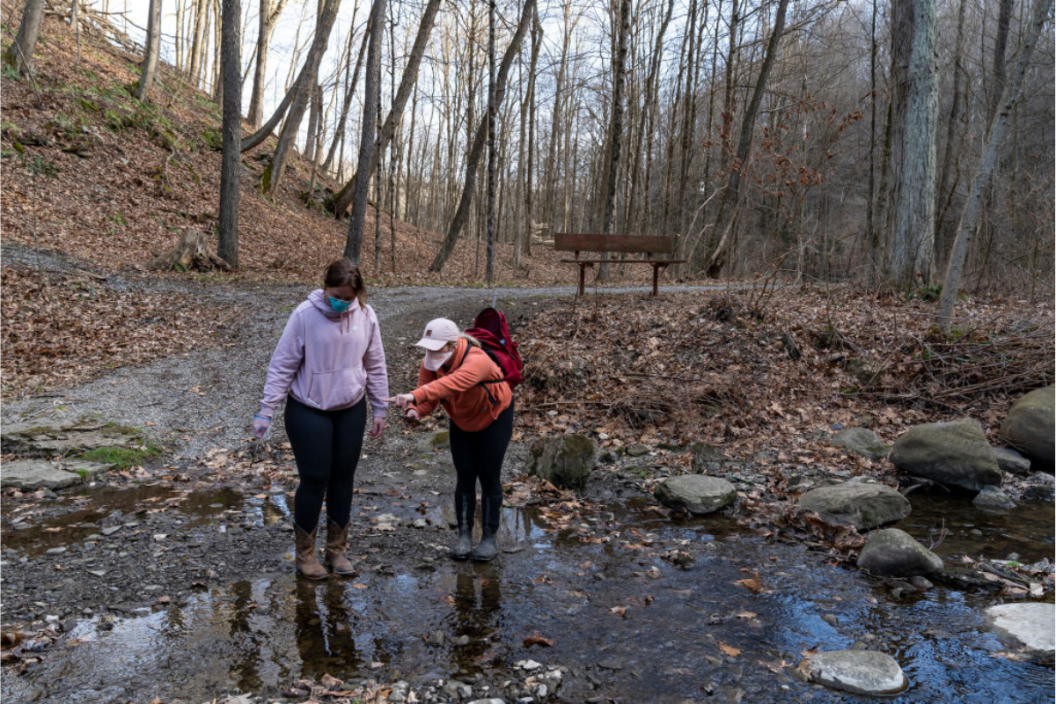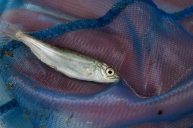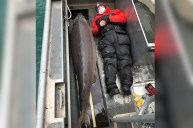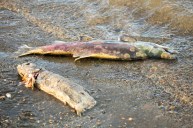The number of aquatic animals that have died since the East Palestine, Ohio, train derailment has risen to astronomical levels. The number has gone up from the 3,500 estimate as of Feb. 8 to 43,000 as of Feb. 23, according to the Ohio Department of Natural Resources.
"We have previously reported that 3,500 dead aquatic species comprised primarily of minnows and small fish were observed. That estimate was based on visual observation of the species collected over those two days at those survey sites," ODNR Director Mary Mertz said in a statement.
After the initial estimate came out, the agency collected hard data showing 2,938 aquatic animals died in four separate sites. A representative said the actual number was "a little bit less than the initial estimate." From that number, the ODNR can compile a number for the total aquatic life lost because of the derailment.
"After receiving that final sample number of collected dead aquatic species, ODNR Wildlife Investigators then applied a science-based calculation, one endorsed by the American Fisheries Society, applied it to that number to determine the estimated total number of dead aquatic species, including those likely still in the water," Mertz said.
"Once the calculation is applied, we would estimate that over the affected site, a total of 38,222 minnows were potentially killed as a result of the derailment. In addition to that, it's estimated that somewhere around another 5,550 other species were also potentially killed as a result of the derailment," she added.
EnviroScience Inc., a third-party company, is helping the ODNR collect information on the number of dead fish in the area and removing the dead fish in hopes of saving other area wildlife.
Data collection began the morning of the crash, with the agency working to check the waterways for dead aquatic life, collect data on affected species, and assess the overall impact of the spill on the immediate area. Over 7.5 miles are affected by the chemical spill. So far, aquatic animals have died in a 5-mile section, and the ODNR believes they perished immediately after the crash. However, representatives say they already see signs of recovery in the areas.
"We're happy to see live fish have already returned to Leslie Run, that's a great sign. The fact that we're not seeing any fish in distress is a great sign," an ODNR representative said, adding that "at this point, we aren't able to put a timeline on" how long it will take for the environment around the crash site to fully recover.




